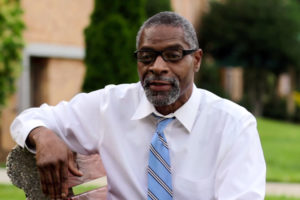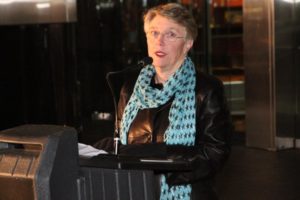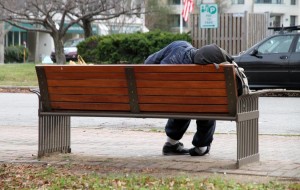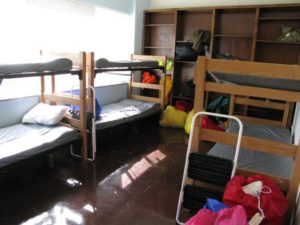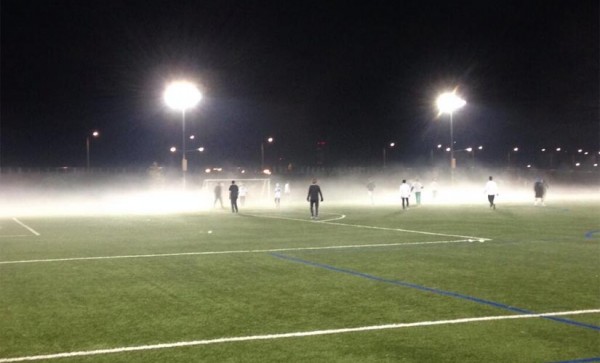Officials report Arlington County has “achieved functional zero” one year after pledging to end veteran homelessness by the end of 2015.
“This is a tremendous milestone for our community,” County Board Chair Libby Garvey said in a statement. “Committing to end veteran homelessness in 2015 and chronic homelessness in 2016 was a lot to bite off. But if any community could do it, we were confident it would be us. We had the will, the resources and the people to make it happen.”
According to a press release, Arlington was one of 74 communities across the United States that formally committed to ending veteran homelessness last year. During that time, the county moved 20 homeless veterans into permanent, stable housing from the streets and shelters, reaching the functional zero status.
By definition, functional zero homelessness is when a community, at any point in time, does not have more people experiencing homelessness than it can house in an average month.
Last April, officials reported the county’s homeless population was down 18 percent. The county also made moves to provide temporary housing solutions by opening a new year-round homeless shelter in Courthouse in early October.
These combined efforts are part of the county’s 10 Year Plan to End Homelessness. It outlines strategies to address the issue, including priorities like increasing affordable housing and providing services so households can maintain their housing.
David Leibson — who is co-chair of the 10 Year Plan’s Executive Committee with Melissa Bondi — described the functional zero for veteran homelessness achievement a “true community effort.”
“The level of cooperation and collaboration among County agencies, non-profits and others who have a stake in ending homelessness in Arlington has matured tremendously over the past half-dozen years or so,” Leibson said in a statement.
As Garvey mentioned, the county’s next goal is to end chronic homelessness by the end of this year as part of another national campaign called Zero: 2016. This campaign also strives to reach functional zero for individuals who have experienced homelessness for one year or more, have been homeless at least four times in the last year, or are homeless and have a disability.
In her statement, Bondi said she believes the County’s efforts to reach annual goals like these are working.
“In the last five years we’ve reduced the number of people in shelters or on the streets by more than half,” she said. “That’s the result of a lot of hard work from service providers, a legion of volunteers and great community support along with federal, state and county funding. We knew going in that getting to zero was going to be a challenge, but we weren’t going to back down from it.”
File photo by Chris Rief





